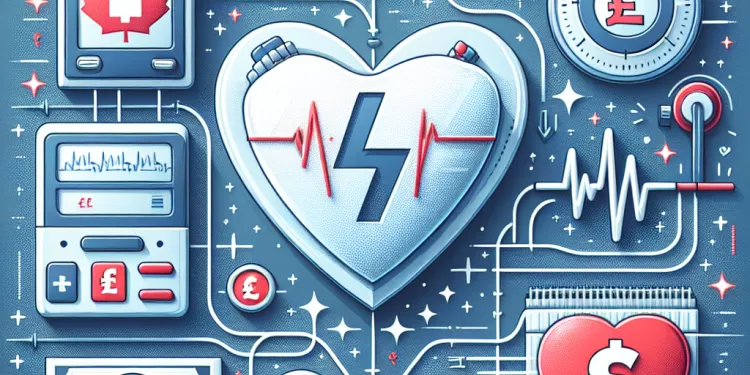
Find Help
More Items From Ergsy search
-
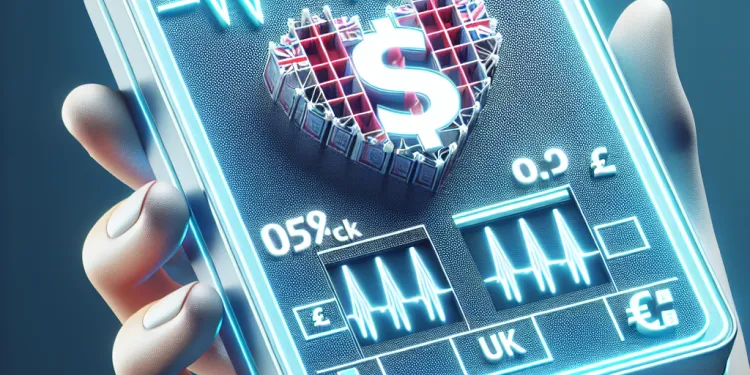
What is a defibrillator?
Relevance: 100%
-
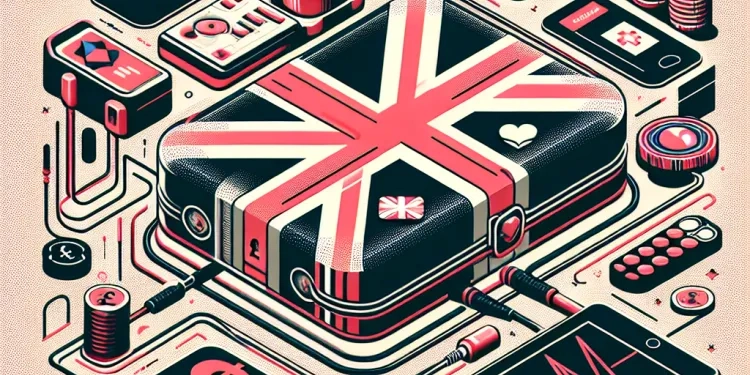
How effective are defibrillators?
Relevance: 96%
-
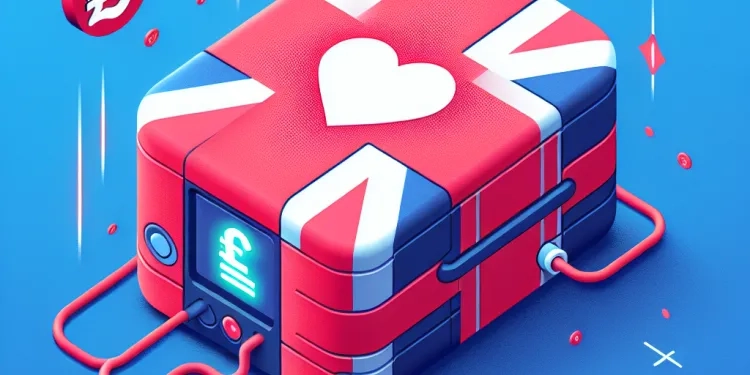
What is the role of a defibrillator in CPR?
Relevance: 92%
-
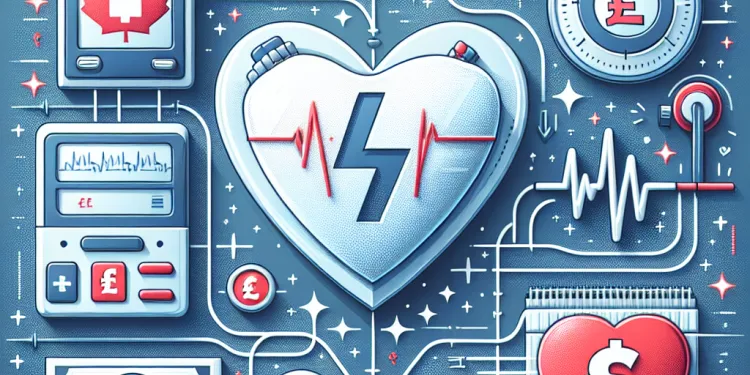
How does a defibrillator work?
Relevance: 91%
-
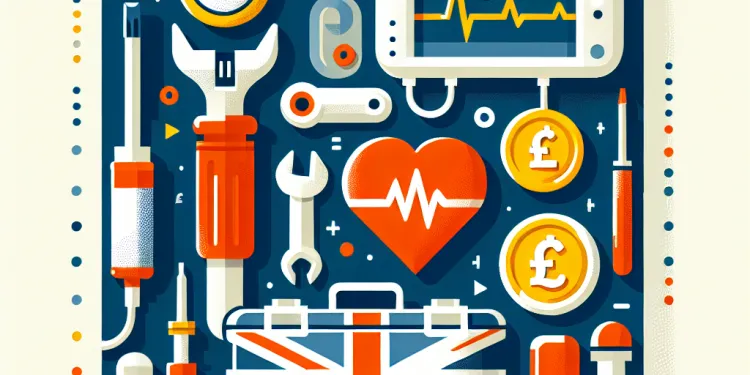
What maintenance do defibrillators require?
Relevance: 91%
-

What are the different types of defibrillators?
Relevance: 91%
-

Who can use a defibrillator?
Relevance: 91%
-
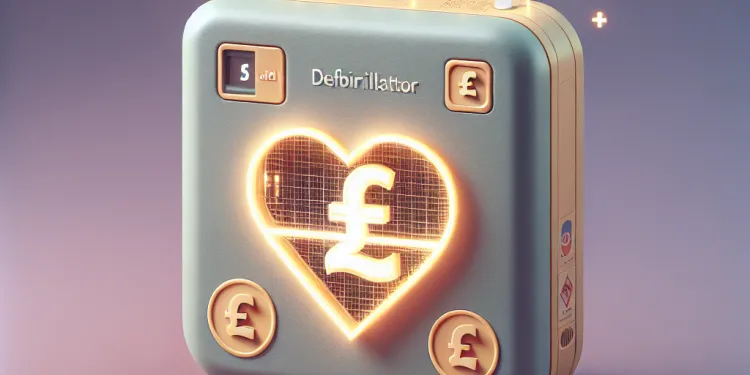
Can defibrillators be used on children?
Relevance: 89%
-
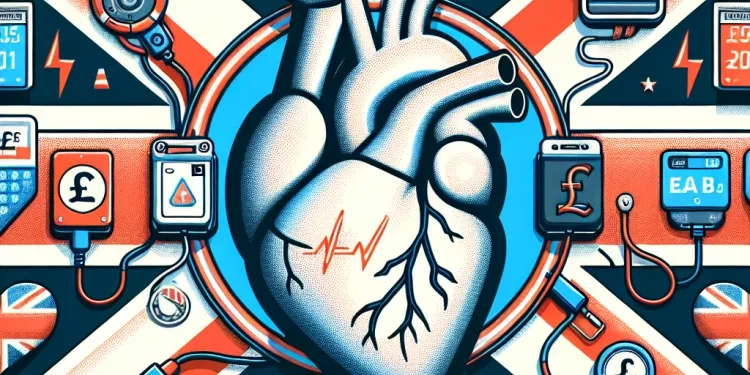
Can a defibrillator restart a stopped heart?
Relevance: 89%
-
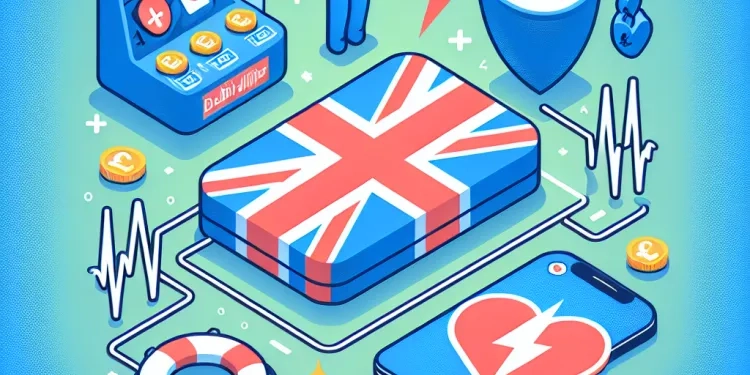
How long do defibrillator batteries last?
Relevance: 88%
-
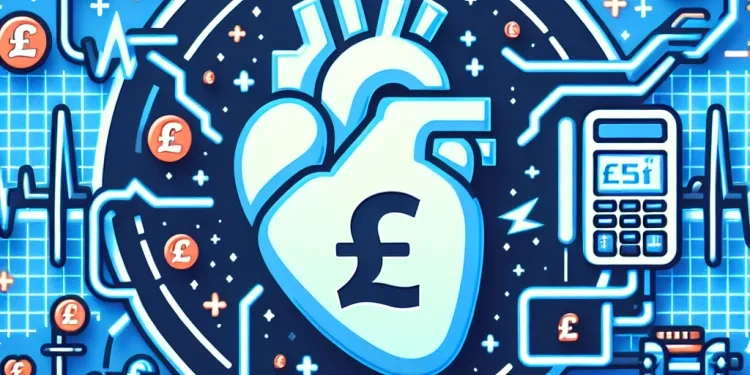
How do you know if a defibrillator is required?
Relevance: 88%
-
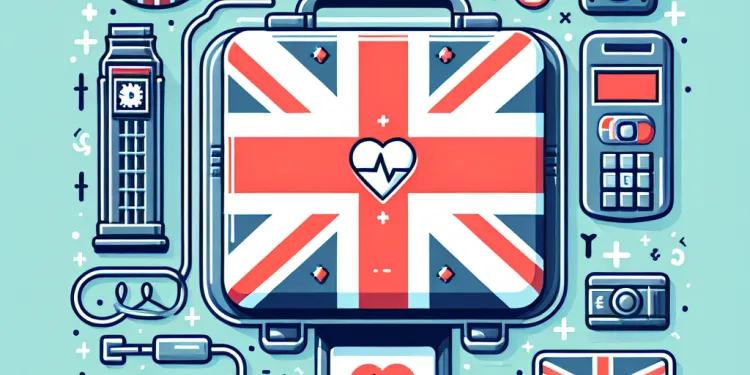
Do defibrillators have any side effects?
Relevance: 87%
-
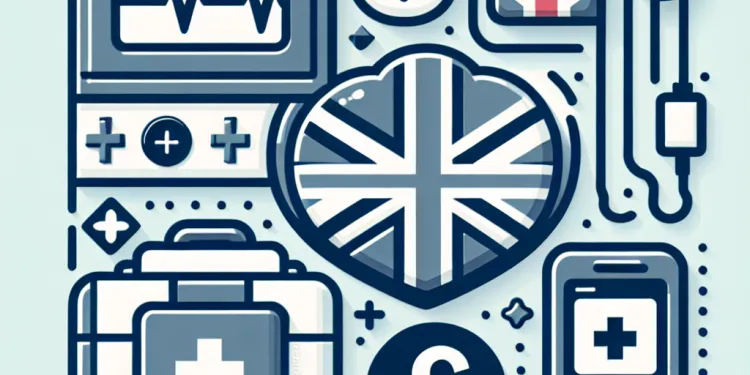
What should you do if a defibrillator is needed?
Relevance: 86%
-
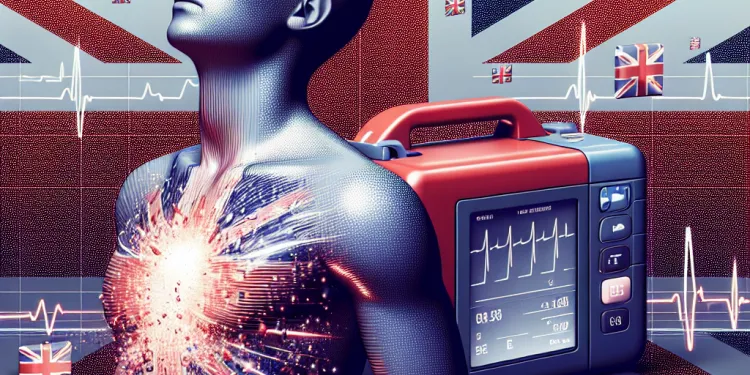
Can you use a defibrillator on a wet person?
Relevance: 85%
-
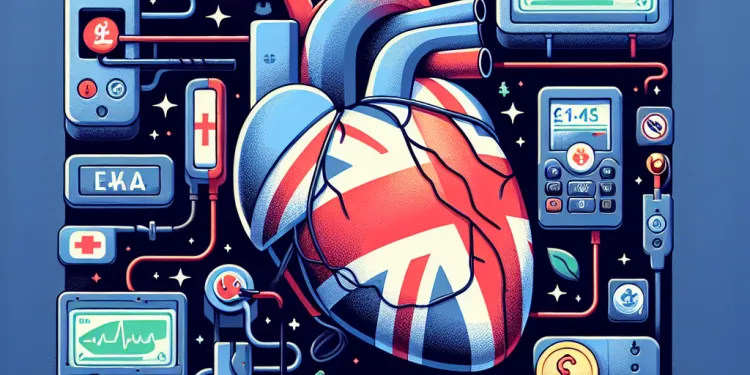
Why are defibrillators important?
Relevance: 69%
-
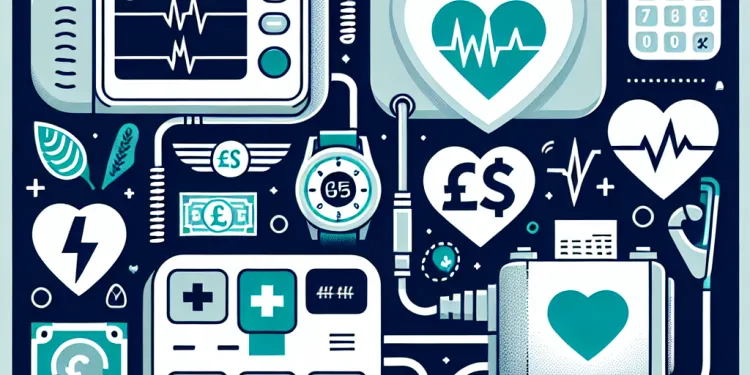
Is it safe to use a defibrillator on someone with a pacemaker?
Relevance: 62%
-
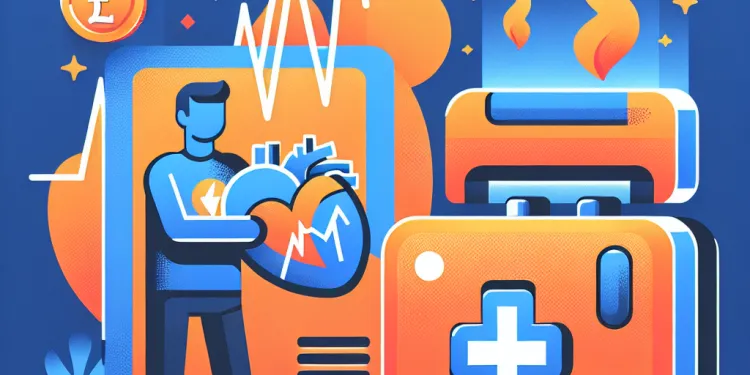
What is a Defibrallator?
Relevance: 51%
-
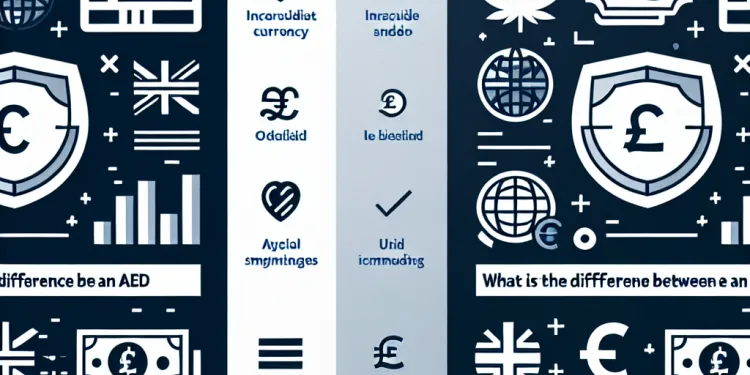
What is the difference between an AED and an ICD?
Relevance: 31%
-

What is an AED?
Relevance: 28%
-
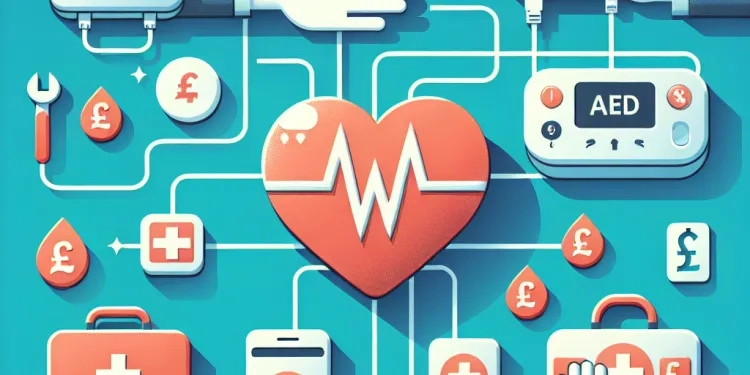
Is training required to use an AED?
Relevance: 23%
-
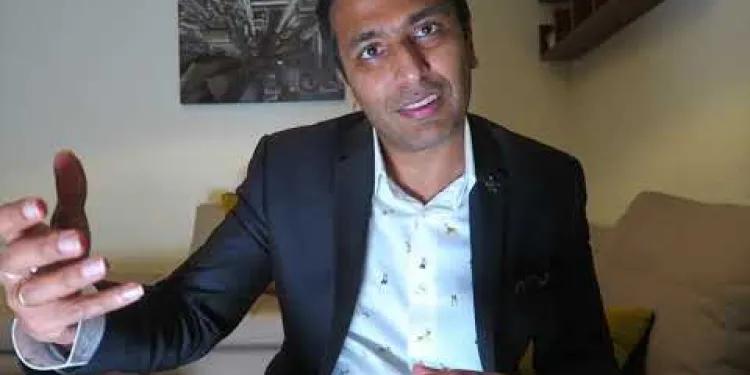
Is my abnormal heart rhythm dangerous?
Relevance: 19%
-
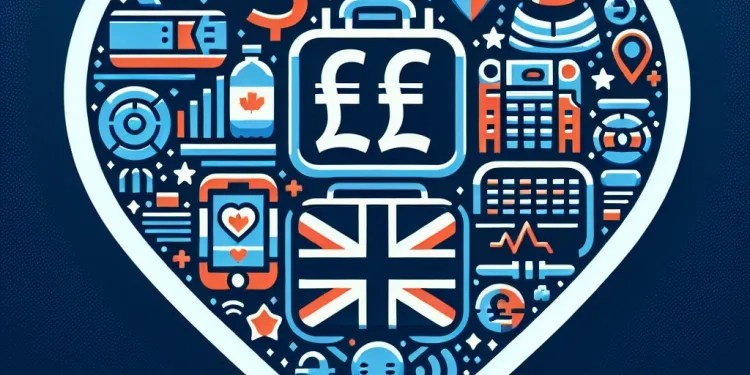
Where can AEDs typically be found?
Relevance: 17%
-
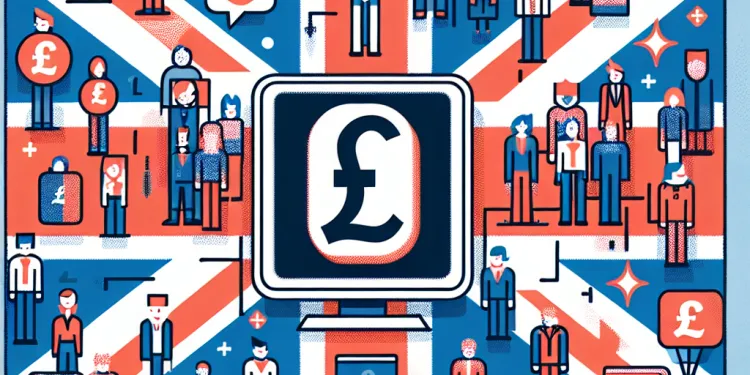
Can I learn first aid as a group?
Relevance: 13%
-
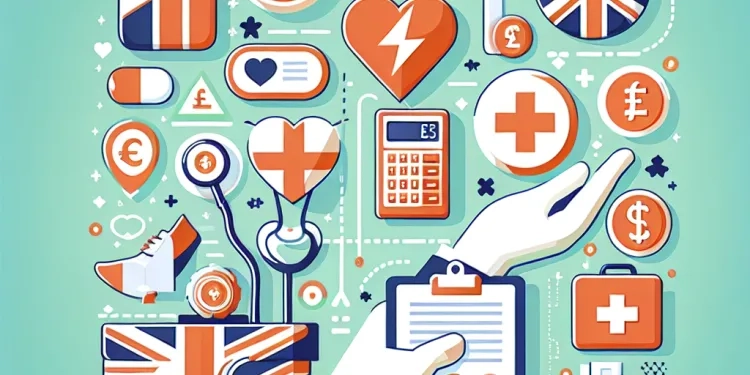
What is the best first aid certification to obtain?
Relevance: 12%
-
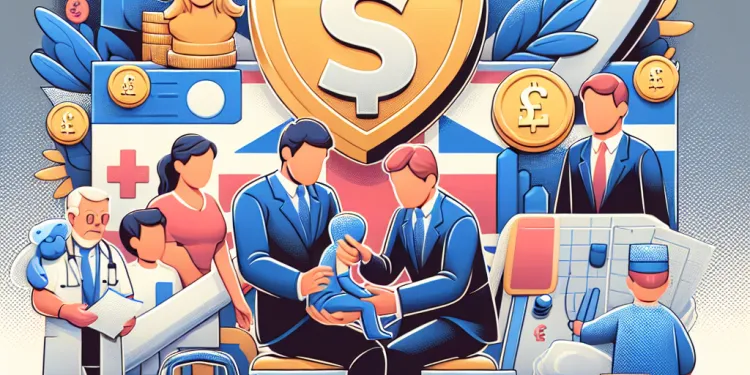
What age is appropriate to start learning first aid?
Relevance: 12%
-

Can I take first aid courses in person?
Relevance: 12%
-
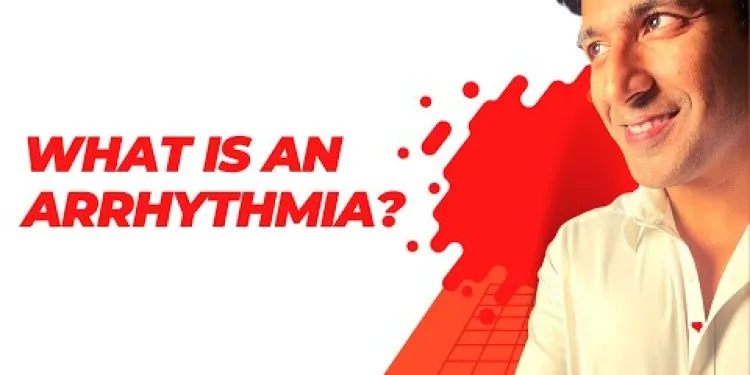
What exactly is an arrhythmia?
Relevance: 7%
-

Heart Failure : When the heart becomes stiff?
Relevance: 6%
-

How important is it to learn CPR along with first aid?
Relevance: 6%
-
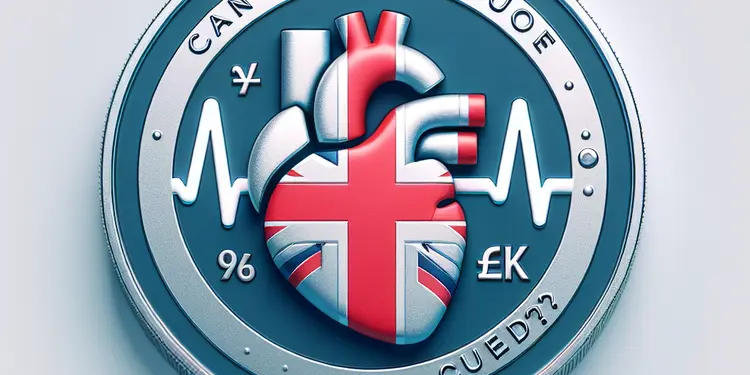
Can heart failure be cured?
Relevance: 6%
Introduction to Defibrillators
A defibrillator is a life-saving medical device used to treat sudden cardiac arrest, a condition where the heart unexpectedly stops beating. Cardiac arrest disrupts the flow of blood to the brain and other vital organs and is fatal if not treated immediately. In the UK, public access to defibrillators has been promoted to enable bystanders to provide prompt care before professional medical help arrives.
How Does a Defibrillator Work?
A defibrillator works by delivering a controlled electrical shock to the heart to restore a normal heartbeat. The electrical shock interrupts the chaotic rhythm of the heart, known as fibrillation, allowing the heart's natural electrical conduction system to regain control and re-establish an effective heartbeat.
Types of Defibrillators
There are several types of defibrillators, including automated external defibrillators (AEDs), implanted cardioverter defibrillators (ICDs), and manual defibrillators used by medical professionals. AEDs are most commonly found in public settings and are designed to be user-friendly for non-professionals.
Understanding Automated External Defibrillators (AEDs)
AEDs are compact, portable devices that guide the user through the process with visual and voice prompts. When someone is suspected to have suffered a cardiac arrest, the AED pads are attached to the person's chest. The device then analyzes the heart's rhythm and determines if a shock is needed.
AEDs are designed to be safe; they will only deliver a shock if it is necessary. This feature makes them suitable for use by untrained bystanders. The AED prompts the user to stand clear while the shock is delivered, ensuring safety for both the person and the rescuer. After the shock, the AED will instruct the user to perform CPR if required.
The Importance of Quick Action
Speed is critical when cardiac arrest occurs. For every minute without defibrillation, the chances of survival decrease by about 10%. Therefore, the immediate use of an AED by bystanders can significantly increase survival rates.
Public Access Defibrillation
The UK has seen a concerted effort to increase the availability of AEDs in public places such as train stations, airports, schools, and shopping centres. This initiative, known as Public Access Defibrillation (PAD), aims to empower the public to act swiftly and confidently, providing vital care in the critical minutes before professional medical personnel arrive.
Conclusion
Defibrillators play an essential role in emergency medical care, offering the chance to save lives by restoring normal heart rhythm during cardiac arrest. Understanding how they work and their importance enhances public confidence in using these devices, ultimately leading to more successful resuscitations and better outcomes for cardiac arrest victims.
Introduction to Defibrillators
A defibrillator is a special machine that helps save lives. It is used when a person's heart suddenly stops working, which is called cardiac arrest. If this happens, the heart cannot pump blood to the brain and other important parts of the body. This can be very dangerous. In the UK, people are encouraged to use defibrillators in public places before help from doctors arrives.
How Does a Defibrillator Work?
A defibrillator gives an electric shock to the heart. This helps the heart start beating normally again. The shock stops the heart's mixed-up rhythm, which lets the heart beat properly again.
Types of Defibrillators
There are different kinds of defibrillators. Some need to be used by doctors, but others are for anyone to use. The ones for everyone to use are called automated external defibrillators, or AEDs. You can find AEDs in lots of public places.
Understanding Automated External Defibrillators (AEDs)
AEDs are small and easy to carry. They have simple instructions with pictures and voice messages to help you use them. If someone has a cardiac arrest, you put the AED pads on their chest. The AED checks the heart and decides if a shock is needed.
AEDs are very safe. They only give a shock if it is the right thing to do. This means anyone can use them, even if they haven't been trained. The AED will also tell you to move away while it works, keeping you and the person safe. If needed, the AED will ask you to do CPR after the shock.
The Importance of Quick Action
Acting quickly is very important when someone has a cardiac arrest. For each minute that passes without help, the chance of surviving goes down. Using an AED straight away can really help save a life.
Public Access Defibrillation
In the UK, many defibrillators are put in places like train stations, airports, schools, and shopping centres. This is called Public Access Defibrillation. It means anyone can help quickly if someone needs it before doctors get there.
Conclusion
Defibrillators are very important for saving lives. They help the heart work again when it stops. Knowing how to use them makes us feel more confident to help in an emergency. This can lead to more people surviving cardiac arrests and feeling better after.
Frequently Asked Questions
What is a defibrillator?
A defibrillator is a medical device used to deliver a dose of electric current to the heart to help restore a normal heartbeat.
How does a defibrillator work?
A defibrillator works by passing an electrical shock through the heart to depolarize the heart muscles and restore normal electrical activity.
What types of defibrillators are there?
There are several types including automated external defibrillators (AEDs), implantable cardioverter-defibrillators (ICDs), and wearable defibrillators.
What is an AED?
An AED, or automated external defibrillator, is a portable device that can diagnose and treat sudden cardiac arrest by delivering an electrical shock.
Who can use an AED?
AEDs are designed for use by both medical professionals and laypersons. They have simple audio and visual instructions to guide the user.
How does an AED detect a heart rhythm?
An AED uses sensors in its pads to detect the heart's rhythm and determine if a shock is needed.
What is ventricular fibrillation?
Ventricular fibrillation is a lethal heart rhythm disturbance where the heart quivers instead of pumping effectively, leading to cardiac arrest.
Can a defibrillator restart a stopped heart?
Defibrillators cannot restart a stopped heart, but they can correct certain types of abnormal heart rhythms.
Is it safe to use a defibrillator on someone with a pacemaker?
Yes, it is safe, but the AED pads should be placed at least one inch away from the pacemaker.
What happens after defibrillation?
If successful, defibrillation restores the heart's normal rhythm and allows it to pump blood effectively again.
Do defibrillators always work?
Defibrillators are most effective in treating ventricular fibrillation and certain forms of tachycardia but are not effective for all types of cardiac arrest.
How do you maintain a defibrillator?
Regular maintenance includes checking the battery, pads, and overall device functionality according to the manufacturer's instructions.
Is training required to use an AED?
While training is recommended for optimal use, AEDs are designed to be used by the general public with little to no training.
Why are AEDs important in public places?
AEDs can be life-saving devices during cardiac emergencies, increasing the chances of survival when used quickly and effectively.
How quickly should a defibrillator be used?
A defibrillator should be used as soon as possible after a person collapses and shows signs of cardiac arrest.
Can children use defibrillators?
Yes, defibrillators can be used on children, but special pediatric pads and settings may be required.
What is the difference between defibrillation and CPR?
Defibrillation delivers an electrical shock to the heart, while CPR is a technique to manually keep blood pumping when the heart stops.
What does 'shock advised' mean on an AED?
This means the AED has detected a shockable rhythm and is instructing the user to deliver a shock.
What should you do if no shock is advised by an AED?
If no shock is advised, you should continue with CPR until emergency medical services arrive.
Are AEDs available in all public places?
While AED availability is increasing, it varies by location. Many places, including airports and malls, have AEDs installed.
What is a defibrillator?
A defibrillator is a machine that helps when someone's heart is not working right. It can help get the heart beating again.
The machine gives a strong electric shock to the heart. This can help make the heart beat properly.
Defibrillators are often found in public places. Sometimes, they have clear pictures and simple steps to follow on them. This makes it easy to use.
If you see someone who needs help, call an adult or emergency services straight away.
To learn more about defibrillators, you can watch videos with simple explanations. You can also use tools that read text out loud to help understand better.
A defibrillator is a medical tool. It gives a special kind of electric shock to the heart. This helps the heart beat normally again.
How does a defibrillator work?
A defibrillator is a machine that helps your heart. It can make your heart beat properly again if it stops or beats too fast.
If someone's heart stops, the defibrillator sends an electric shock to the heart. This shock can help the heart start beating the right way.
The defibrillator has sticky pads that go on the person's chest. These pads let the machine send the shock to the heart safely.
People can use a defibrillator by following the pictures and instructions on the machine. It often talks to you and tells you what to do.
If you see someone on the ground not moving, you can use the defibrillator to help them until a doctor comes.
Some helpful tools to understand how a defibrillator works include watching videos. You can also practice with a dummy at a training class.
A defibrillator is a machine that helps the heart. It sends a strong electrical shock to the heart to make it work properly again. This helps the heart beat normally.
What kinds of defibrillators are there?
There are different types of machines that help your heart. These are:
- Automated External Defibrillators (AEDs) - These are machines you might see in schools or stores. They help if someone’s heart stops.
- Implantable Cardioverter-Defibrillators (ICDs) - These are small devices put inside the body. They help keep your heart beating right.
- Wearable Defibrillators - These are worn like clothes. They help keep your heart safe.
Supportive tools can help, like pictures of each machine. Also, practicing how to use them with a teacher or a friend can be good.
What is an AED?
AED means Automated External Defibrillator. It helps people whose hearts stop suddenly. An AED can save lives.
An AED is easy to use. It has a small computer and two sticky pads.
If you see someone fall down and not move, you can use an AED. Call 911 first for help.
Here is what to do:
- Turn on the AED. It tells you what to do.
- Put the sticky pads on the person's chest.
- The AED checks the person's heart.
- If the AED says to, press the button. It gives a shock to help the heart.
Practice can help you use an AED. You can also watch videos online to learn more.
An AED is a small machine that can help someone whose heart stops suddenly. It can find out if the person needs help and give them an electric shock to make their heart start again.
Who can use an AED?
An AED is a machine that helps someone when their heart stops.
Anyone can use an AED. You do not need to be a doctor.
If you see someone fall down and not wake up, get an AED.
The AED will talk to you and tell you what to do.
Here are a few tips to help:
- Stay calm and call for help.
- Look for signs that tell you where the AED is.
- Follow the AED's instructions carefully.
You can also watch videos that show how to use an AED.
AEDs are machines that help people when their heart stops. They are made for everyone to use, even if you are not a doctor or nurse.
They talk to you and show pictures to help you know what to do.
How does an AED know your heart's rhythm?
An AED is a special machine. It helps your heart. It checks how your heart is beating. This is called your heart's rhythm.
The AED has sticky pads. These go on your chest. The AED looks at how your heart is working through these pads.
If your heart needs help, the AED can tell. It might give your heart a small shock. This can help your heart beat the right way again.
Using an AED can be scary, but it is made to be safe and help. Always call for help when using an AED too.
An AED is a special machine. It has pads with sensors. These sensors check the heartbeat. They see if the heart needs a shock to help it.
What is Ventricular Fibrillation?
Ventricular fibrillation (v-fib) is when the heart shakes instead of beating. This is very dangerous.
If you have v-fib, blood cannot move around your body. This can be life-threatening.
If you or someone else has v-fib, call for help right away.
Using a machine called a defibrillator can help. It gives the heart a special shock to make it beat correctly again.
Ventricular fibrillation is a very serious heart problem. The heart shakes instead of beating like it should. This can make the heart stop working.
Can a defibrillator make a stopped heart start again?
A defibrillator is a machine. It helps when someone's heart is not beating right.
But a defibrillator cannot start a heart that has stopped.
It helps a heart that is beating the wrong way to beat right again.
If you see someone who needs help, call for a doctor or use a first aid kit.
Being safe is important. Ask an adult for help.
Defibrillators cannot start a heart that has stopped. But they can help fix some heartbeats that are not normal.
Can you use a defibrillator safely if someone has a pacemaker?
Yes, you can use a defibrillator even if the person has a pacemaker. Make sure you put the pads at least 1 inch (about 2.5 cm) away from the pacemaker. If you are not sure, ask an adult or expert to help you.
To make this easier, you can watch a video on how to use a defibrillator. You can also practice with a trainer device.
Yes, it is safe. But make sure the AED pads are at least one inch away from the pacemaker.
What happens after using a defibrillator?
After someone uses a defibrillator, the heart might start beating normally again. The person should feel better. It is important to get medical help right away. Call an ambulance to make sure the person is okay.
Tips to help understand:
- Use pictures: Find drawings or photos showing what a defibrillator does.
- Watch videos: Look for videos that explain defibrillators in simple words.
- Ask for help: Talk to a friend or adult if you need more information.
If it works, defibrillation helps the heart beat normally again. This lets the heart pump blood the right way.
Do defibrillators always work?
Defibrillators are machines that can help if someone's heart stops.
They can give a strong electric shock to the heart. This can sometimes make the heart start working again.
But defibrillators do not work every time. Sometimes they help, and sometimes they don't.
If you see someone whose heart has stopped, call 911 (or your country's emergency number) right away.
Use a defibrillator if one is nearby. Follow the instructions carefully.
If you find reading hard, try asking someone to read with you or look for videos that show how defibrillators work.
Defibrillators work best when the heart is beating too fast or all mixed up. But they do not help with every kind of heart problem.
How do you take care of a defibrillator?
A defibrillator is a machine that helps if someone's heart stops. Here's how you can take care of it:
- Check the battery. Make sure it has power.
- Look at the pads. They should be clean and ready to use.
- Keep it in a safe, dry place.
- Ask for help if you don't understand something.
- Use reminders to check it regularly.
If you need help, ask an adult or someone who knows about defibrillators.
Take care of your device by doing regular checks. Look at the battery and pads to make sure they work. Follow the steps given by the maker of the device.
Do you need to learn how to use an AED?
Here is a simple explanation:
- No special class is needed to use an AED.
- An AED is a machine that helps someone with a heart problem.
- The machine tells you what to do with clear steps.
- If you want, you can watch videos online to learn more.
- Ask someone to help you if you don't understand.
AEDs are special machines that help someone whose heart has stopped. They are made so anyone can use them, even if they have not practiced or trained.
Why are AEDs important to have in public places?
AEDs are machines that help people with heart problems. They can save lives. It's good to have them in places like parks, stores, and schools. This way, if someone needs help, the machine is there fast.
When a person faints or looks very sick, an AED might help. It shows you what to do. It has simple steps and talks to you. This makes it easier to help the person.
If you want to know more or practice, you can watch videos online. There are classes that teach how to use an AED, too.
AEDs are machines that can help save lives if someone's heart stops working. They need to be used fast and the right way to help people survive.
How fast should you use a defibrillator?
If someone falls down and does not move or breathe, you need to help fast. Use a defibrillator very quickly. This can help save their life.
Here are some tips to help you:
- Act fast. Try to use the defibrillator in the first few minutes.
- Call 911 or ask someone else to call for help.
- Follow the steps on the defibrillator. It will talk to you and help you know what to do.
It can be scary, but the defibrillator is there to guide you.
Use a defibrillator right away if someone falls down and shows signs of heart trouble.
Can kids use defibrillators?
A defibrillator is a machine that helps when someone's heart stops. It can give the heart a small electric shock to make it work again.
Kids can use a defibrillator if there is an adult to help. Here are some tips:
- Always have an adult nearby to show you how to use it.
- The defibrillator has pictures and talks to guide you.
- Ask an adult to call for help. Call 911 or get someone else to call.
Remember, it's important to stay calm and listen to the machine and the adult helping you.
Yes, you can use defibrillators on children. But you might need special pads and settings just for kids.
How are defibrillation and CPR different?
A defibrillator is a machine that gives the heart a strong, electric shock. CPR is a way to push on the chest to help make the blood move when the heart stops beating.
Here are some tools and tips to help understand:
- Watch videos on how defibrillators and CPR work.
- Use flashcards with pictures to learn about them.
- Ask someone to explain in simple words if you're confused.
What Does 'Shock Advised' Mean on an AED?
An AED is a machine that helps when someone’s heart stops working.
When the AED says 'Shock Advised', it means the machine found something wrong with the heart. It tells you to press the button and give a shock. This can help the heart start working again.
If you see 'Shock Advised', follow the machine’s voice instructions.
You can ask someone nearby for help. It’s always good to call 911 or ask someone to call for more help too.
This means the AED sees a heart problem. It tells you to press the button to give a shock.
What to Do if the AED Says No Shock
If the AED (a special machine that helps someone whose heart has stopped) says "No shock," here’s what you should do: 1. **Keep Helping the Person**: Keep doing CPR (press down on their chest to help their heart). 2. **Watch Their Breathing**: See if they start breathing or moving. 3. **Use the AED Again if Needed**: Follow its instructions. It may need to check the person again. 4. **Call 999**: If you haven't already, call for emergency help. **Tip**: Always stay calm and follow the AED's instructions.If you don't need to give a shock, keep doing CPR until the ambulance or help comes.
Can you find AEDs everywhere in public places?
AEDs help when someone's heart stops. They can save lives. But are they in all public places?
Not all places have AEDs. Big places like airports and malls usually do. Smaller places might not. It is important to know where they are.
You can ask a staff member if there is an AED. Look for signs with a heart and a lightning bolt. This sign shows where an AED is.
If you want to know more, you can use apps on your phone. They can show you where AEDs are nearby.
More places are getting AEDs, but not everywhere has them yet. A lot of places like airports and malls have AEDs.
Useful Links
- Ergsy carfully checks the information in the videos we provide here.
- Videos shown by Youtube after a video has completed, have NOT been reviewed by ERGSY.
- To view, click the arrow in centre of video.
- Most of the videos you find here will have subtitles and/or closed captions available.
- You may need to turn these on, and choose your preferred language.
- Go to the video you'd like to watch.
- If closed captions (CC) are available, settings will be visible on the bottom right of the video player.
- To turn on Captions, click settings .
- To turn off Captions, click settings again.
More Items From Ergsy search
-

What is a defibrillator?
Relevance: 100%
-

How effective are defibrillators?
Relevance: 96%
-

What is the role of a defibrillator in CPR?
Relevance: 92%
-

How does a defibrillator work?
Relevance: 91%
-

What maintenance do defibrillators require?
Relevance: 91%
-

What are the different types of defibrillators?
Relevance: 91%
-

Who can use a defibrillator?
Relevance: 91%
-

Can defibrillators be used on children?
Relevance: 89%
-

Can a defibrillator restart a stopped heart?
Relevance: 89%
-

How long do defibrillator batteries last?
Relevance: 88%
-

How do you know if a defibrillator is required?
Relevance: 88%
-

Do defibrillators have any side effects?
Relevance: 87%
-

What should you do if a defibrillator is needed?
Relevance: 86%
-

Can you use a defibrillator on a wet person?
Relevance: 85%
-

Why are defibrillators important?
Relevance: 69%
-

Is it safe to use a defibrillator on someone with a pacemaker?
Relevance: 62%
-

What is a Defibrallator?
Relevance: 51%
-

What is the difference between an AED and an ICD?
Relevance: 31%
-

What is an AED?
Relevance: 28%
-

Is training required to use an AED?
Relevance: 23%
-

Is my abnormal heart rhythm dangerous?
Relevance: 19%
-

Where can AEDs typically be found?
Relevance: 17%
-

Can I learn first aid as a group?
Relevance: 13%
-

What is the best first aid certification to obtain?
Relevance: 12%
-

What age is appropriate to start learning first aid?
Relevance: 12%
-

Can I take first aid courses in person?
Relevance: 12%
-

What exactly is an arrhythmia?
Relevance: 7%
-

Heart Failure : When the heart becomes stiff?
Relevance: 6%
-

How important is it to learn CPR along with first aid?
Relevance: 6%
-

Can heart failure be cured?
Relevance: 6%


